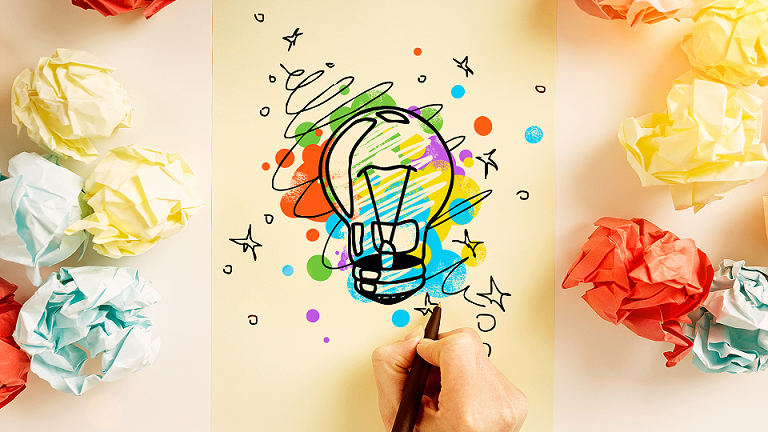The 5 Steps In The Creative Process

You can be surprised by how practical and straightforward creative works are when you study them. You might be curious as to how the concept was developed. What applications can you make of that creative process in your life and work?
It’s not magic to be creative. It combines imitation, influence, and your own interpretation. Some people may have it more naturally than others, but everybody can learn to be more creative. Not simply artists, musicians, or innovators are included. It all comes down to developing your creative process.
Despite having the same fundamental five processes, everyone’s creative process is unique. Each phase will differ depending on the individual, career, sector, creative medium, and other considerations. An answer might not come for days, weeks, or even months. The creative process is not linear or predictable.
- Preparation. You should acquire as much data as you can throughout the planning phase. You start to become fully immersed in the information. This phase involves doing research. Consider the audience, research brands, and look elsewhere for information and ideas. For instance, if you’re a writer, this step might involve gathering information and reading other writings in the field. If you’re an entrepreneur, you’re looking into the demands and needs of your target market.
- Incubation. It will take time to complete this stage. The magic happens there. Following your assimilation of the information from step one, you question ideas, consider them from several angles, and try out different combinations. Pictures should be marinating in your head throughout this stage. While brainstorming, it could happen intentionally or unconsciously. Before returning to the issue, you might need to take a break from it to focus on something else that energizes and stimulates you.
- Illumination. Herein lies the “Aha! The “Aha! “, “Lightbulb,” or “Eureka! When the ideal thought suddenly dawns on you. The breakthrough has occurred. It typically comes as a surprise. It frequently occurs while you are engaged in an unrelated task. Grab your sketchbook or notebook as soon as this thought occurs and jot it down before it escapes your mind.
- Evaluation. The stage of reasoning is now. The challenging aspect is separating the good ideas from the bad ones after reviewing all of your concepts. For each idea or solution, ask:
- Is it worth pursuing?
- Is it new enough, or has it been many times before?
- Are there changes I could make?
- What do my colleagues, superiors, and clients think of the idea?
Although there isn’t a set procedure for creativity, each level has broad guidelines. Use the five-step approach to help you solve problems, come up with new ideas, and be more creative in your career and daily life.